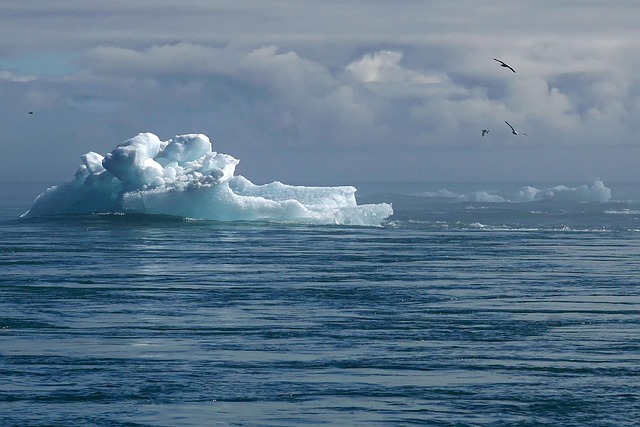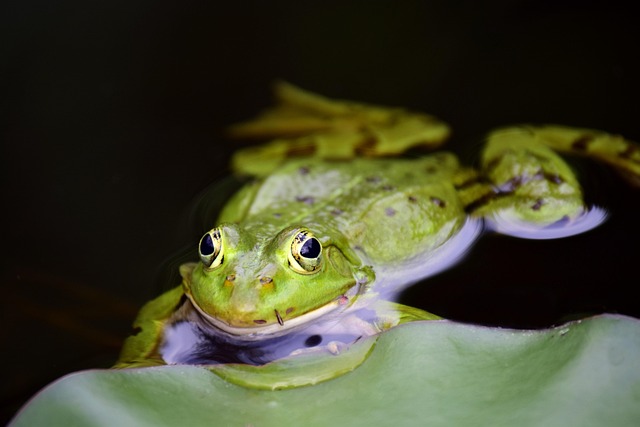
Climate Change Threatens Amphibian Populations Across the Globe
Amphibians, the often-overlooked occupants of our wetlands and forests, are experiencing a sudden and relentless wave of change. As the planet’s temperature climbs, precipitation patterns shift, and extreme weather events become more frequent, these sensitive vertebrates find themselves confronting a suite of challenges that threaten their survival. The phenomenon driving these disturbances—climate change—exerts pressure on amphibians in ways that are both direct, through altered temperature regimes, and indirect, by reshaping the ecosystems they rely on. Understanding the full scope of these impacts is essential for any effort to protect these species and the ecological functions they provide.
Why Amphibians Matter
Amphibians occupy a unique ecological niche. Their permeable skin, dual aquatic–terrestrial life cycle, and rapid reproductive cycles make them both predators and prey in a wide array of habitats. They help control insect populations, serve as food for larger animals, and act as bioindicators that reflect the health of their environments. Because of these roles, declines in amphibian populations can ripple outward, affecting soil fertility, pollination, and even human agriculture.
Direct Thermal Stress
One of the most immediate effects of climate change on amphibians is the increase in ambient temperatures. Many species have evolved to thrive within narrow thermal windows; even a few degrees of warming can push temperatures beyond their optimal range. For example, frogs in temperate regions often breed in spring when temperatures are moderate. When spring temperatures rise earlier and become hotter, breeding may become mistimed relative to the availability of aquatic habitats. This mismatch can reduce egg survival and lead to population bottlenecks.
Altered Hydrology and Habitat Loss
Rainfall patterns are shifting across the globe. Some regions experience prolonged droughts, while others endure intense rainfall and flooding. Amphibians depend on stable wetland conditions for breeding, foraging, and shelter. Drought can reduce breeding pools, force species into smaller refugia, and increase competition for water. Conversely, flooding can wash away eggs, larvae, and even adults, as well as alter the composition of aquatic vegetation, which many amphibians rely on for camouflage and protection.
- In tropical rainforests, decreased rainfall has led to the drying of small ponds that serve as breeding sites for species such as the Amazonian glass frog.
- In temperate regions, increased storm frequency has caused the collapse of breeding pools for species like the spring peeper, leading to reduced recruitment.
Case Study: The Mountain Yellow-Legged Frog
Once common in the Sierra Nevada foothills, the mountain yellow-legged frog has suffered steep declines. Climate change has accelerated the drying of alpine ponds and reduced snowpack, shortening the window for successful breeding. Additionally, warmer temperatures allow pathogenic chytrid fungi to thrive in habitats that were previously too cold, further exacerbating mortality rates.
Physiological and Immunological Consequences
Beyond environmental changes, climate change can directly impact amphibian physiology. Elevated temperatures increase metabolic rates, demanding higher oxygen and food intake. If food sources are scarce, amphibians may experience malnutrition and weakened immune systems. This vulnerability makes them more susceptible to disease, parasites, and toxins. The fungal pathogen Batrachochytrium dendrobatidis, for example, has shown increased virulence in warmer conditions, leading to widespread die-offs in amphibian populations.
Chytridiomycosis and Climate Change
Chytridiomycosis, a skin infection caused by the chytrid fungus, has decimated amphibian species worldwide. Climate change alters temperature and humidity regimes that influence fungal growth. Warmer, drier climates can expand the geographic range of the pathogen, exposing naïve species to infection. The resulting mass mortality events have a cascading effect on food webs and ecosystem dynamics.
“When climate change provides a more favorable environment for pathogens, the resilience of amphibian populations is severely compromised.”
Ecological Cascades
Amphibian declines ripple through ecosystems. As insect populations increase due to reduced predation, agricultural pests become more prevalent, affecting crop yields. Additionally, amphibians contribute to nutrient cycling through their consumption of detritus and their role as prey for birds, mammals, and reptiles. Their loss can lead to shifts in community composition, ultimately reducing biodiversity and ecosystem resilience.
Conservation Strategies in a Changing Climate
Addressing amphibian declines requires a multifaceted approach that integrates climate mitigation, habitat protection, and disease management. Key actions include:
- Habitat Restoration: Rehabilitating wetlands, creating artificial breeding ponds, and preserving riparian corridors to buffer temperature extremes.
- Climate-Resilient Management: Implementing adaptive management plans that anticipate shifting climate variables and modify conservation actions accordingly.
- Disease Surveillance: Monitoring for pathogens like chytrid fungi and developing protocols for rapid response and treatment.
- Genetic Conservation: Maintaining genetic diversity through captive breeding and translocation projects to enhance resilience to environmental changes.
- Community Engagement: Educating local communities about the importance of amphibians and involving them in monitoring and habitat stewardship.
Research Gaps and Future Directions
While the link between climate change and amphibian decline is increasingly clear, several research gaps remain. Long-term studies that track population dynamics across multiple climatic gradients are needed to refine predictive models. Additionally, exploring the interplay between climate change and other anthropogenic stressors—such as pollution, habitat fragmentation, and invasive species—will provide a holistic understanding of amphibian vulnerability.
Emerging technologies, including environmental DNA (eDNA) sampling and automated acoustic monitoring, offer promising tools for large-scale, non-invasive population assessments. Coupling these methods with climate models can help identify refugia and priority conservation areas before further losses occur.
Conclusion
The crisis facing amphibians is emblematic of the broader impacts of climate change on biodiversity. As temperatures climb and weather patterns become erratic, these creatures confront a future that threatens not only their existence but also the ecological integrity of the habitats they occupy. Protecting amphibians requires concerted action that spans local habitat management to global efforts to curb greenhouse gas emissions. By acknowledging the profound link between climate change and amphibian health, we can better safeguard these vital species and the ecological services they provide for generations to come.



